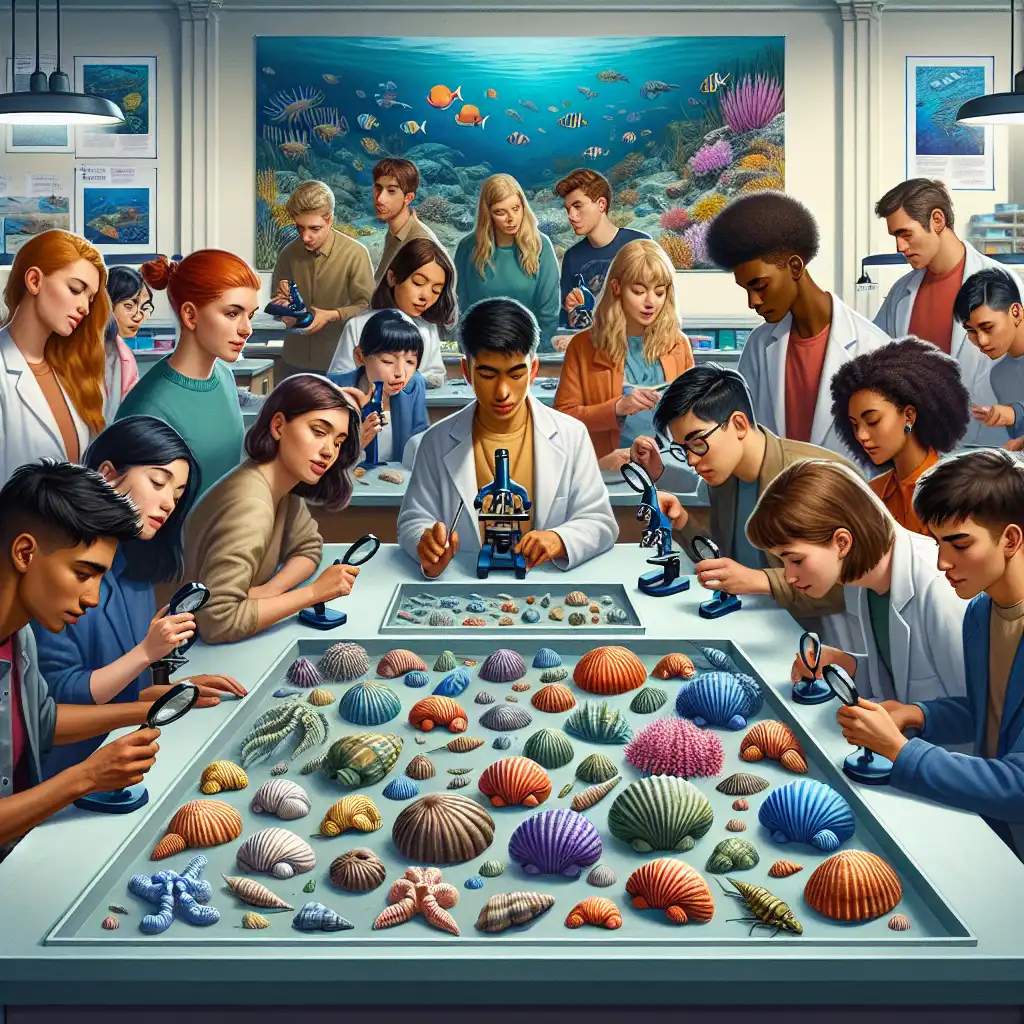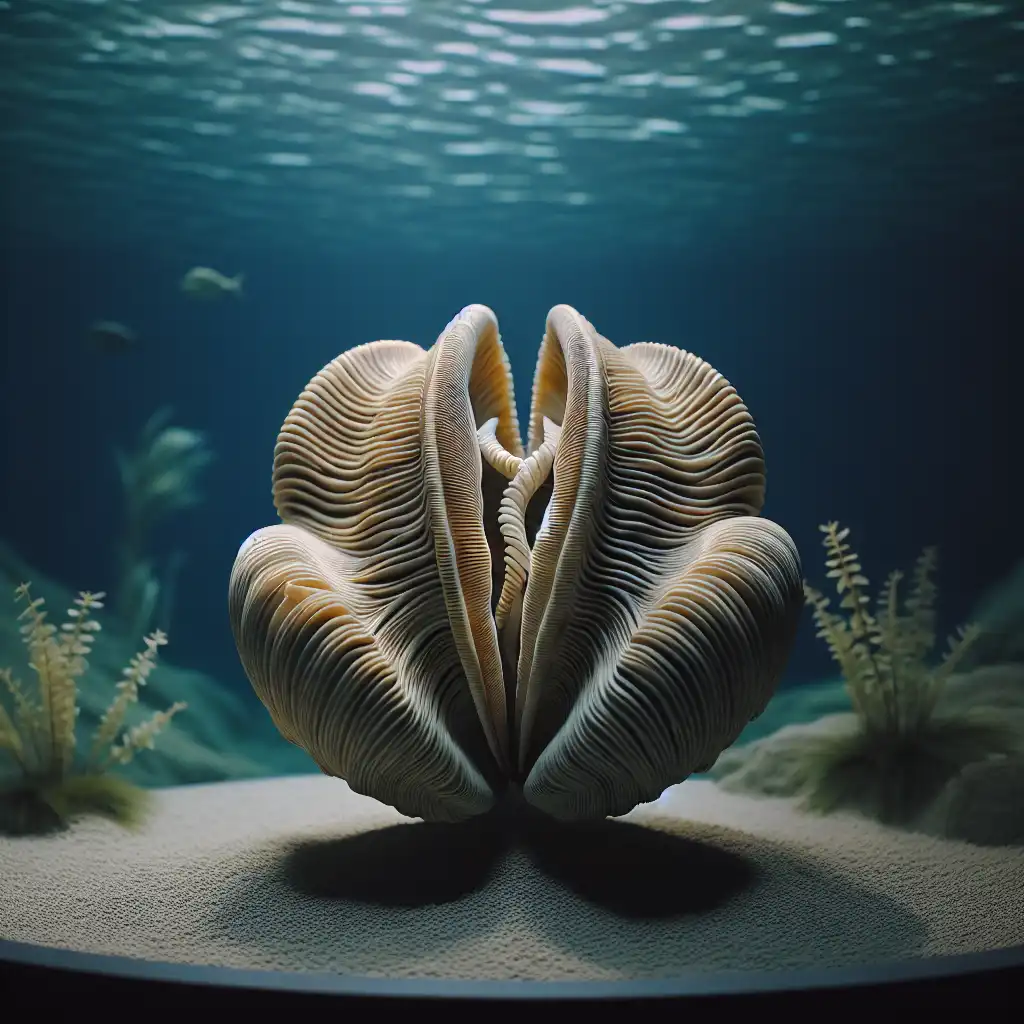
Brachiopod
Scientific Term
Used mostly in scientific contexts, especially in biology and paleontology.  Students studied various brachiopods in their marine biology class.
Students studied various brachiopods in their marine biology class.
Physical Description
Emphasizes its shell features; two-sided and often symmetrical.  The brachiopod's shell looked like a pair of clasped hands.
The brachiopod's shell looked like a pair of clasped hands.
Historical Creatures
Many brachiopods are extinct, so they’re frequently found as fossils.  She discovered a brachiopod fossil during the geology field trip.
She discovered a brachiopod fossil during the geology field trip.